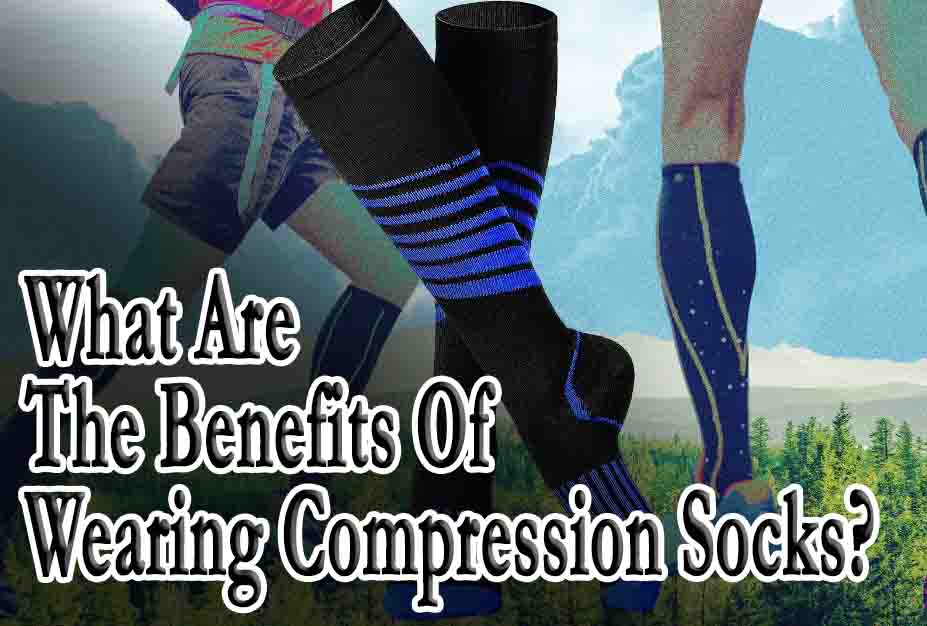Compression stockings may extend anywhere from the foot to the knee, and some even reach up to the thigh. In general, neuropathy socks provide a more secure fit around the foot and place less strain on places higher up. Strong elastic exerts pressure on the muscles and veins of the leg, ankle, and foot, producing a pressure gradient that makes blood flow from the legs to the heart easier.
When an individual spends most of their day sitting or standing, graduated compression works the best. In most cases, the benefits peak when the socks are worn daily. They may be taken out of your mouth for the most part when you are sleeping. Compression socks are available in a wide range of colours and designs, despite having a more significant number of technological features than regular socks. They can also be tailored to the wearer’s preferences in terms of fit and appearance.
Table of Contents
The Advantages Of Wearing Compression Socks
By facilitating the return of blood to the heart, one may enable the organ to pump oxygenated blood back out to the rest of the body more. People that use compression socks may be able to enjoy a greater variety of advantages since these individuals may also:
- Prevent/Reduce Swelling: Fluid retention in the legs may be alleviated by working to improve blood circulation and lymphatic drainage. When worn continuously throughout the day, the socks have the potential to give relief to those who suffer from leg edema or are predisposed to developing it.
- Aches and pains often accompany leg swelling; thus, it is essential to alleviate these symptoms. The socks may make you feel much better by reducing the inflammation and fluid buildup you may have been experiencing. Additionally, they may help alleviate the pain linked with a variety of different health disorders as well as the discomfort that occurs after an exercise (faster recovery is possible).
- Wearing compression socks may help prevent blood clots if you have a disease known as deep vein thrombosis (DVT), which puts you at an increased risk of developing blood clots. They may prevent blood from pooling and clots from growing out of it, which can break off and travel to the brain or heart, which is very important following surgery.
- Socks may not be able to treat varicose veins. Still, wearing socks might alleviate some of the symptoms associated with the illness, including hurting, swelling, and discomfort. They can lessen the appearance of enlarged blue veins and assist with underlying circulation issues in rare circumstances.
Who Stands To Gain The Most?
Individuals with poor circulation stand to gain the most from wearing compression socks made from merino wool, bamboo, or recycled yarn. People who have recently had surgery or are confined to bed have a lower chance of having a blood clot if they take these medications. In these circumstances, compression stockings are commonly suggested by physicians.
On the other hand, you can buy them of your own will; one excellent reason to do so is if you have a long trip ahead of you. The danger of forming a blood clot increases when you spend significant time sitting in a confined location. Numerous studies have shown that wearing compression stockings for the legs lowers the probability of acquiring deep vein thrombosis or edema when flying.
Conclusion
These specialized neuropathy socks may also help ease the pain, swelling, and discomfort associated with leg ulcers. It also assists with varicose veins, which is another benefit. On the other hand, if you’re merely tired from standing, socks with little compression (less than 15 mmHg) might be of great assistance.

